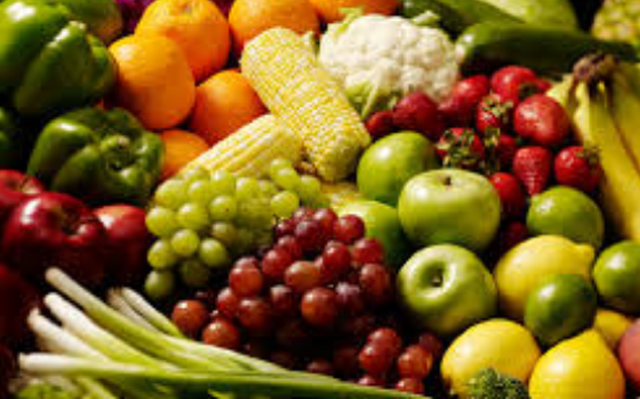How are seedless natural products made?
n a hot summer day, there's nothing superior to a pleasant tall glass of super cold lemonade. All things considered, except if, obviously, you match that lemonade with a major wedge of succulent watermelon. The main downside to getting a charge out of the watermelon is the need to release the seeds always.
That minor annoyance can be stayed away from, be that as it may, in the event that you buy an exceptional "seedless" variety of watermelon. On the off chance that you look around your neighborhood supermarket, you'll likewise likely discover other seedless varieties of natural products, for example, grapes.

All things being equal, are seedless fruits truly natural products? As any botanist will let you know, the logical meaning of a fruit is a flowering plant's develop organ that contains seeds. In the event that that organ doesn't contain seeds, would it be able to truly be thought about a fruit?
Actually, a seedless fruit probably shouldn't be thought about a fruit. Be that as it may, since seedless fruits look like their seeded partners in all different ways, everybody utilizes the term fruit for convenience. So how would we get these seedless fruits? Could you plant a seedless fruit?
The appropriate response is no! You can't plant a seedless fruit, on the grounds that the plants that create them don't occur in nature since they're sterile. That implies they can't replicate. So how would we get seedless fruits? They must be made.
Throughout the years, researchers have created numerous different seedless varieties of natural products to make them more helpful to eat. Since they can't be planted, they must be specially cultivated through distinctive logical procedures.
For instance, to make seedless grapes, new plants are produced using existing plants. Grown-up grape plant stems are sliced diagonally and cut into segments. The cut finishes are then dunked into a rooting hormone and planted. The new plants that start to develop are basically genetic clones of the first parent plant, aside from that they produce seedless fruit.
Creating seedless grapes along these lines goes back to the times of old Rome. That implies that some seedless grape assortments may originate from plants that are basically more than 2,000 years of age, since they're clones!
For the situation of seedless watermelons, the procedure of producing seedless fruits is totally unique. Typical watermelon plants have two arrangements of chromosomes. Researchers found how to hereditarily build watermelon assortments that have four arrangements of chromosomes. On the off chance that ordinary watermelon plants are pollinated with dust from hereditarily built plants, the subsequent plants (called cross breeds) have three arrangements of chromosomes, which makes them sterile and ready to produce seedless watermelons.
One other strategy for creating seedless fruits that originate from trees is known as grafting. In the grafting process, a branch from one tree is sliced and appended to another fruit tree. This is typically done at a particular season when the sap in the trees is running high.
In the event that the unite flourishes on the new tree, it will start to develop utilizing the supplements gave by the parent tree. Grafting allows a solitary tree to develop a wide range of sorts of natural products, some of which can be special seedless varieties.
Researchers who study genetics are continually hoping to stretch the limits with regards to new assortments of seedless fruits. As innovation progresses, expect to see more current and better assortments of seedless fruits, for example, tomatoes, fruits, cucumbers, and green peppers.